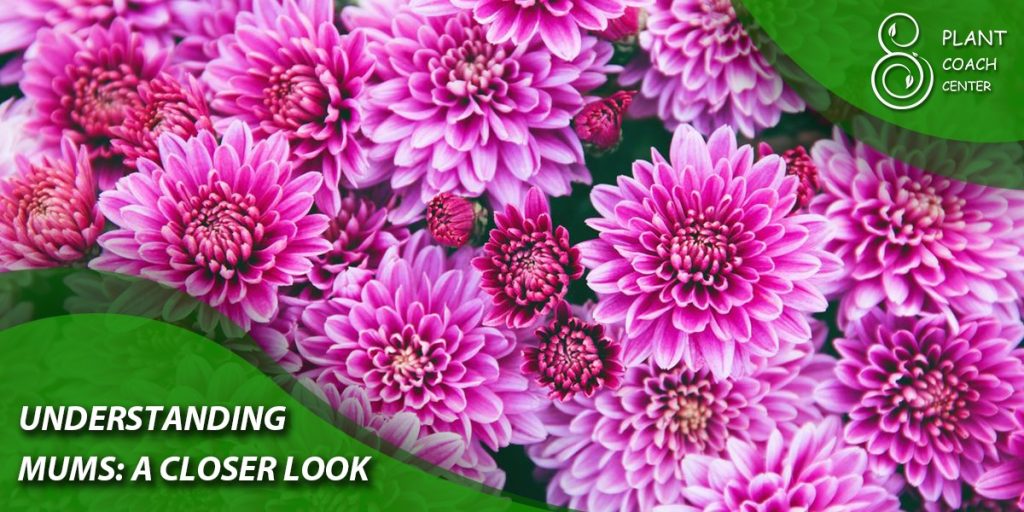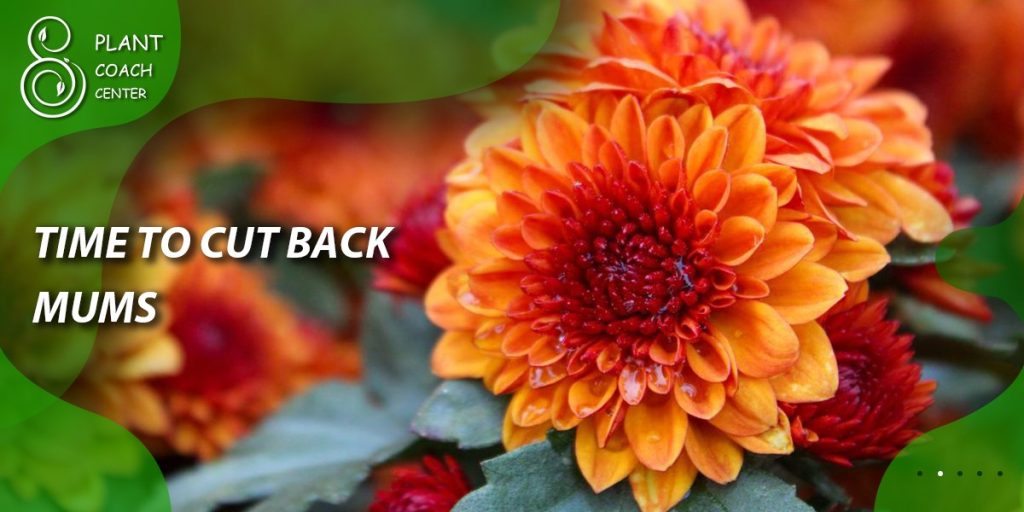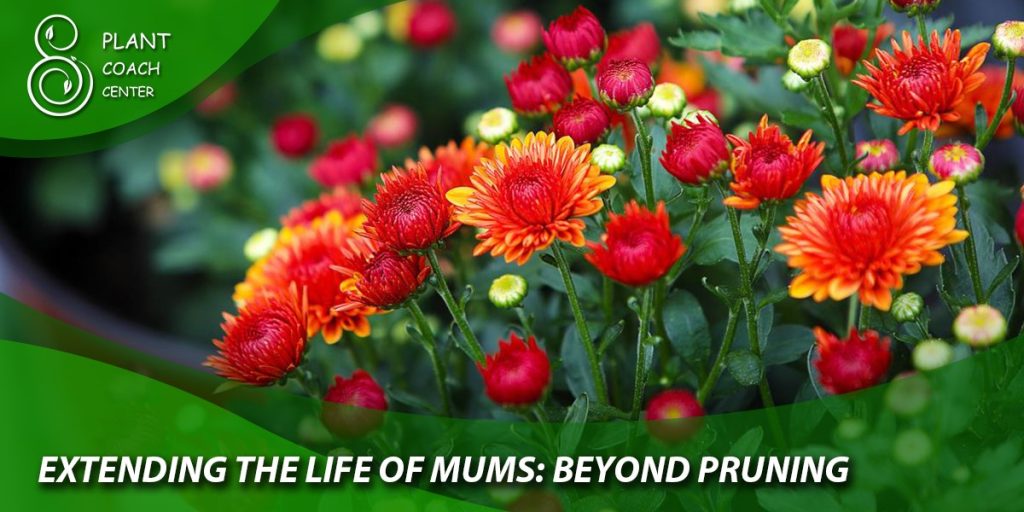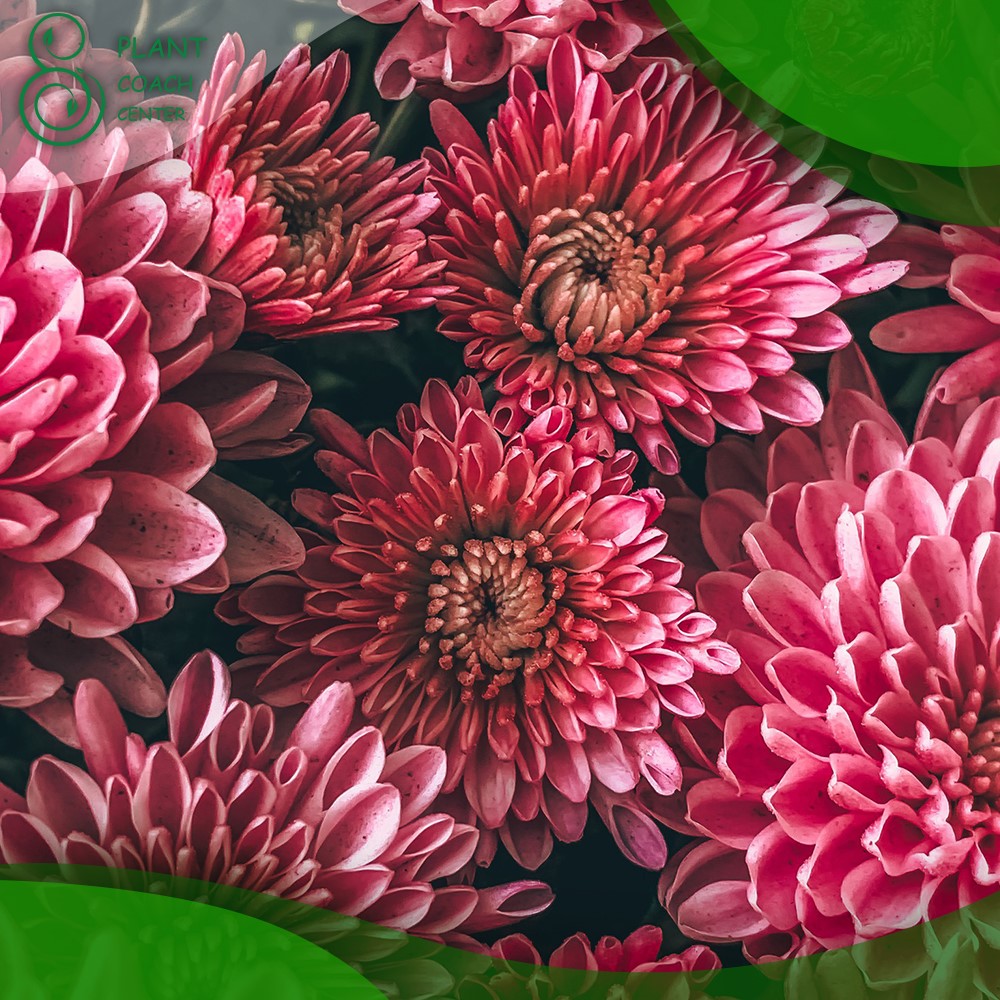When To Cut back mums
Plant enthusiasts and gardeners know that proper care and maintenance are crucial for the health and vitality of their plants. Among the many varieties of plants, mums, or Chrysanthemums, hold a special place in gardens worldwide. These vibrant and versatile flowers are known for their autumnal beauty and come in various colors and shapes.
To ensure their longevity and abundant blooms, it’s essential to understand when to cut back mums. This comprehensive guide will explore the best times to prune mums for winter and summer, providing practical insights and techniques for optimal plant care.

Understanding Mums: A Closer Look
Before delving into pruning specifics, let’s familiarize ourselves with mums and their growth habits. Mums are herbaceous perennial plants that belong to the Asteraceae family. They typically exhibit a bushy growth pattern and produce an abundance of flowers. Understanding the different varieties of mums and their growth habits is essential for determining the appropriate pruning techniques.
Various types of mums include garden or hardy mums, cushion mums, and Belgian mums. Garden mums are the most common variety, known for their prolific blooming and hardiness in colder climates. Cushion mums are compact plants that form a rounded cushion-like shape. In contrast, Belgian mums have a cascading growth habit, making them ideal for hanging baskets.
Pruning Mums: Timing and Techniques
Pruning mums involves careful consideration of timing and employing the right techniques. The timing of pruning mums is crucial to ensure optimal plant health and promote vigorous growth. In general, mums require pruning during specific periods, such as cutting back in the summer to maintain shape and encourage stronger growth and cutting back for winter to protect the plants from frost and diseases.
The techniques used for pruning mums vary depending on the desired outcome. Pinching, which involves removing the growing tips of young plants, promotes bushier growth. Disbudding, conversely, involves selectively removing flower buds to redirect the plant’s energy toward larger, more vibrant blooms.
When cutting back mums, assessing the plant for signs of excessive growth, spent flowers, weak or damaged branches, and signs of disease or pest infestation is important. Using clean and sharp pruning shears, remove the unwanted parts of the plant while leaving healthy foliage intact. Additionally, shaping the plant through pinching can further enhance its overall appearance and compactness.
By understanding the timing and employing the appropriate techniques for pruning mums, you can effectively control their growth, enhance their visual appeal, and promote their overall health and vitality.
Cutting Back Mums in the Summer
Cutting back mums in the summer is important in maintaining their shape, promoting healthier growth, and ensuring abundant blooms. The summer pruning process involves assessing the plant, determining the right time, and following proper techniques.
The ideal time to cut back mums in the summer is typically early to mid-summer before the buds set. Pruning during this period gives the plant enough time to recover and develop new buds for the upcoming fall bloom.
To begin the pruning process, carefully assess the mum plant for signs that indicate the need for trimming. Look for leggy or floppy growth, excessive foliage, or spent or faded flowers. Additionally, check for weak or damaged branches that may need removal.
Once you have assessed the plant, ensure you have the necessary tools, including sharp and clean pruning shears or scissors. Dull blades can cause damage, while dirty tools may spread diseases. It’s important to disinfect your tools before pruning to minimize the risk of infection. You can do this by wiping the blades with rubbing alcohol or a bleach solution.
When you’re ready to start pruning, remove the spent flowers and any damaged or weak branches. Trim the stems to a point where healthy foliage is still present, typically leaving around six inches of growth. This improves the plant’s appearance and helps redirect its energy for new growth and better air circulation.
In addition to removing spent flowers and damaged branches, consider pinching back the remaining stems by around one-third of their length. This technique encourages branching, resulting in a more compact and bushier plant.
After pruning, it’s crucial to water the mums thoroughly to aid in their recovery and minimize stress. Adequate watering helps the plants reestablish themselves and promotes healthy regrowth.
Cutting back mums in the summer’ll shape the plants, prevent them from becoming leggy, and encourage stronger growth. This process ultimately leads to healthier and more vibrant mums beautifying your garden throughout the season.

Preparing Mums for Winter: The Right Time and Approach
As winter approaches, preparing your mums for the colder months is crucial. Cutting back mums for winter protects the plant from frost, reduces the risk of diseases, and ensures healthy regrowth in the following spring. Several signs indicate it’s time to trim your mums for winter.
Towards the end of the growing season, typically in late fall, mums begin to exhibit signs of dormancy. The foliage may turn yellow or brown, indicating the plant is preparing for winter rest. This is the optimal time to cut back mums before the onset of freezing temperatures.
To cut back mums for winter, follow these steps:
- Select the right time: Late fall, after the first frost or when the foliage starts turning yellow, is the best time to cut back mums for winter. This timing allows the plant to focus its energy on root development and prepares it for winter dormancy.
- Assess the plant: Look for fading foliage, spent flowers, and any signs of disease or pest infestation. Remove any weak or damaged branches.
- Prepare the tools: Use clean and sharp pruning shears. Disinfect the tools before use to prevent the spread of diseases.
- Begin pruning: Trim the mum plant down to a height around three to four inches from the ground. Remove all the foliage, leaving only the stubs above the soil surface.
- Mulch and protect: After pruning, apply a layer of organic mulch, such as straw or shredded leaves, around the base of the plant. This protective layer helps insulate the roots and prevents temperature fluctuations during winter.
By following these steps, you’ll ensure that your mums are well-prepared for winter and have a higher chance of thriving in the next growing season.
Factors Influencing Pruning Timing
Several factors come into play when determining the optimal timing for pruning mums. Understanding these factors will help you make informed decisions and achieve the best results regarding pruning timing.
Regional considerations
Your region’s climate and hardiness zone play a significant role in pruning timing. Different areas experience varying weather patterns and temperature fluctuations. In colder regions, it is advisable to prune mums earlier to allow for proper regrowth and bud development before the first frost. Understanding your specific climate conditions will help you determine the appropriate timing for pruning.
Growth cycle of mums
Mums have distinct growth cycles, and being aware of these stages can guide you in determining the right time for pruning. Mums undergo vegetative growth, bud formation, flowering, and dormancy periods. Observing these stages will enable you to identify when it is most suitable to prune your mums. For example, cutting back in the summer before bud formation promotes bushier growth and more robust blooms in the fall.
Signals from the plant
Mums often provide visual cues or signals indicating the need for pruning. By observing your plants closely, you can look for signs such as weak or floppy growth, excessive foliage, fading flowers, or diseases or pests. These signals serve as indicators that the plant may benefit from pruning. Paying attention to these cues will help you time your pruning efforts appropriately.
By considering regional considerations, understanding the growth cycle of mums, and being attentive to signals from the plants themselves, you can determine the ideal timing for pruning. Adjusting your pruning schedule based on these factors will result in healthier and more visually appealing mums. Remember that each garden and region may have slight variations, so combining your knowledge with careful observation and experimentation is essential to find the timing that works best for your specific mums.

Common Mistakes to Avoid
While pruning mums are essential for their overall health and appearance, it’s crucial to avoid common mistakes that can hinder their growth or cause damage. Let’s explore some mistakes to steer clear of when cutting back mums:
- Over-pruning: Excessive pruning can weaken the plant and hamper its blooming ability. Avoid pruning more than necessary and refrain from cutting back mums too late in the season, as this may not allow sufficient time for new growth.
- Under-pruning: Neglecting to prune mums can result in leggy growth, reduced blooming, and an unkempt appearance. Ensure you trim back your mums appropriately to maintain their shape and promote healthy growth.
- Tips to avoid common mistakes: It’s important to strike a balance when pruning mums. Regularly assess the plant’s
Growth, follow the recommended pruning guidelines and pay attention to the specific needs of your mums. Stay vigilant for disease or pest infestation signs and take prompt action if needed.
By avoiding these common mistakes, you’ll maximize the potential of your mums and enjoy their vibrant beauty throughout the seasons.
Winter Care for Mums
Once you’ve cut back your mums for winter, you must provide them with proper care during the colder months. The following tips will help you protect your mums and ensure their survival:
Protecting mums during winter
After pruning, ensure your mums receive adequate protection from freezing temperatures and harsh winter conditions. If you live in an area with severe winters, consider covering the mums with burlap or using protective structures like cold frames or hoop houses.
Mulching and insulating techniques
Apply a layer of organic mulch, such as straw, wood chips, or shredded leaves, around the base of the plants. This mulch is an insulating barrier, preventing extreme temperature fluctuations and protecting the roots.
Watering and maintenance in winter
While mums don’t require frequent watering during winter dormancy, monitoring soil moisture is essential. Water the mums occasionally, ensuring the soil doesn’t dry out completely. Avoid overwatering, as excessive moisture can lead to root rot.
Implementing these winter care practices’ll provide your mums with the necessary protection and create favorable conditions for their spring revival.

Extending the Life of Mums: Beyond Pruning
Pruning is just one aspect of caring for mums. To extend the life of your mums and ensure their long-term health and vigor, consider the following additional practices:
Proper watering techniques
Mums prefer well-draining soil. Water them deeply but infrequently, allowing the soil to dry out slightly between waterings. Avoid overhead watering, as wet foliage can promote diseases.
Fertilization requirements for mums
Apply a balanced, slow-release fertilizer in early spring when new growth emerges. Follow the package instructions and avoid over-fertilizing, as it can lead to excessive foliage growth at the expense of blooms.
Controlling pests and diseases affecting mums
Regularly inspect your mums for signs of pests, such as aphids or spider mites, and take appropriate measures to control them. Additionally, promptly address any diseases, such as powdery mildew or leaf spot, by removing affected foliage and applying suitable fungicides.
By implementing proper watering, fertilization, and pest control practices, you’ll create an environment conducive to your mums’ long-term health and beauty.
Conclusion
Understanding when to cut back on mums is crucial for their health and longevity. Following the guidelines outlined in this comprehensive guide will equip you with the knowledge and techniques necessary to prune mums effectively for winter and summer. Remember to consider regional factors, the growth cycle of mums, and signals from the plants themselves when determining the optimal pruning time.
Avoid common pruning mistakes, provide proper winter care, and adopt additional practices to extend the life of your mums. With the right care and maintenance, your mums will thrive and reward you with vibrant blooms year after year.
When is the best time to cut back mums for winter?
Late fall, after the first frost, or when the foliage turns yellow.
When should I cut back mums in the summer?
Early to mid-summer, before buds set, is ideal.
How much should I prune mums?
Cut back mums to about 6 inches in summer and 3-4 inches for winter dormancy.







